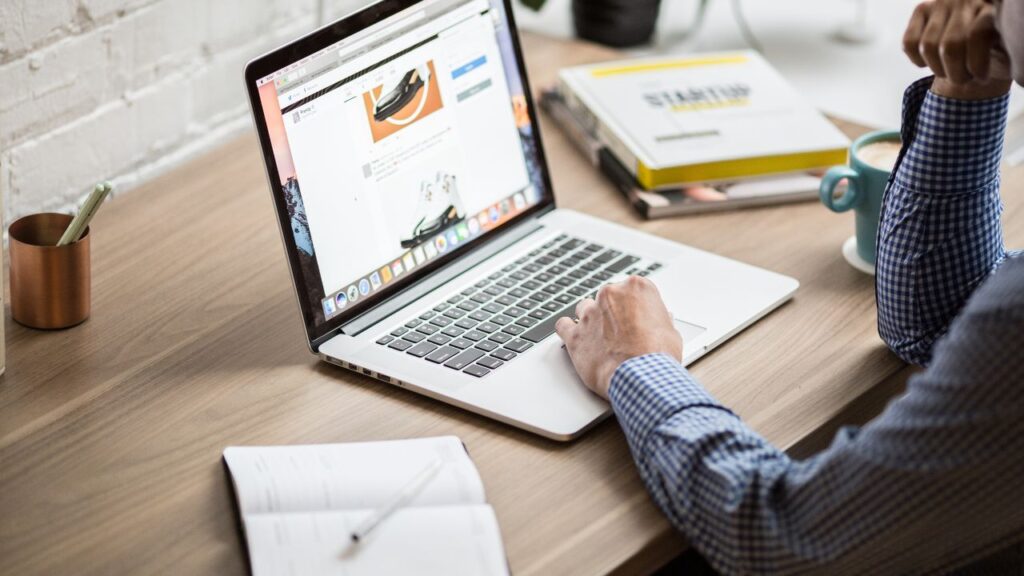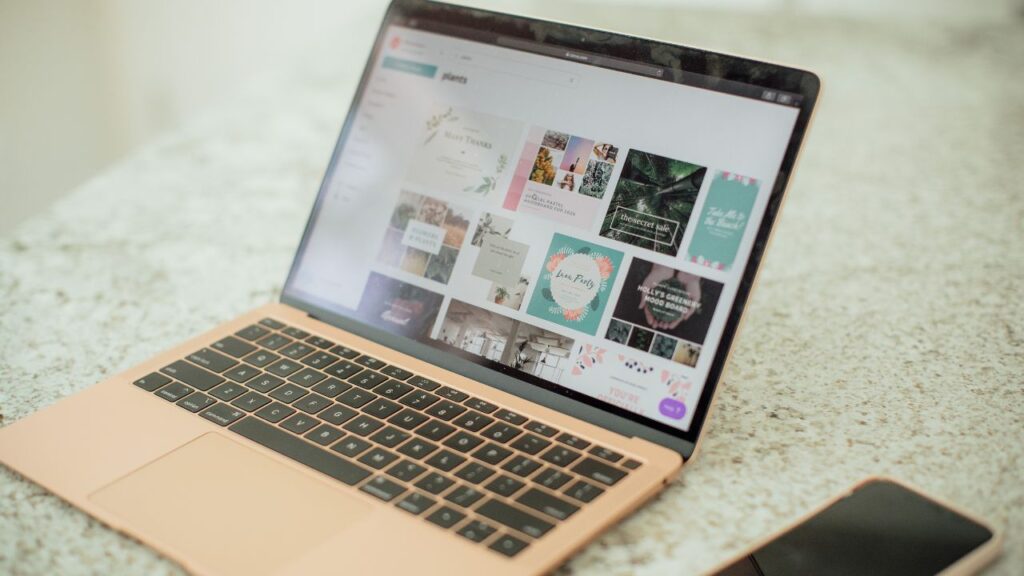Have you ever met someone who thinks buying second-hand or refurbished laptops is a bad idea? It’s easy to understand why. You might hear stories of people getting laptops that break down quickly or even discovering they’ve bought stolen devices.
But for many people who can’t afford new laptops, buying second-hand or refurbished laptops is a great option. They are cheaper and help people access the digital world. If you need a good laptop and don’t have a lot of money, here are some things to check to make sure you don’t get a bad one.
1. Decide Your Budget
First, decide how much you’re willing to spend. Remember, you get what you pay for. If you want a good laptop, you have to pay a little bit more. Cheap can end up being expensive if you buy a low-quality laptop that needs constant repairs or replacement. Setting a budget helps you narrow down your options and avoid overspending.
2. Research Different Models and Brands
Look up different models and brands. Compare specifications and read reviews online. Popular brands like HP, Dell, Lenovo, and Acer often have reliable options. Check out what people are saying about the laptop models you are considering. Websites like YouTube and tech forums can offer valuable insights and user experiences.
3. Ensure the Laptop Meets Your Needs
Think about what you need the laptop for. Do you need it for schoolwork, business, gaming, or just browsing the internet? Based on your needs, check the following specifications:
– RAM: For basic tasks, 4GB might be enough, but 8GB or more is better for multitasking and running more demanding applications.
– Storage: A laptop with at least 256GB of storage is good for most users. SSD (Solid State Drive) storage is faster and more reliable than HDD (Hard Disk Drive).
– Processor: An Intel i5 or i7, or AMD Ryzen 5 or 7, are solid choices. These processors provide good performance for most tasks.
– Battery Life: A good battery should last several hours on a single charge, ideally 6-8 hours or more.
4. Test the Laptop Before Buying
Once you have identified a potential laptop, turn it on and test it. Check the speed and look out for any overheating or unusual noises. This initial check will help you identify problems before taking the laptop home. Here are some things to check:
– Performance: Open a few applications and see how quickly they launch.
– Keyboard and Trackpad: Test all the keys and the trackpad to ensure they are working properly.
– Screen: Check for dead pixels or discoloration by viewing different colors and images.
– Ports and Connectivity: Test all USB ports, headphone jacks, and any other connections.
5. Check the Battery Life
It’s important to check if the battery holds a charge. You might need to replace the battery if it doesn’t. Here’s how you can check the battery health of a laptop on Windows using the Command Prompt:
1. Open the Command Prompt app.**
2. Type `powercfg /batteryreport` and press Enter.**
3. The file location will be displayed in the Command Prompt window.**
4. Open File Explorer and navigate to the folder where the report is saved.**
5. Double-click the `battery_report.html` file to open it in a web browser.**
6. The Installed Batteries section will show details like the Full Charge Capacity and Cycle Count.**
6. Ensure There’s a Return or Exchange Policy
Before you buy, make sure there’s a return or exchange policy in case something goes wrong. This policy is your safety net. If the laptop has issues that were not noticeable during your initial check, you can return it for a refund or exchange it for a different model. Always read the terms and conditions of the policy carefully.
7. Buy from a Reputable Seller
Buying from a reputable seller reduces the risk of getting a bad laptop. You can find trustworthy sellers online or in local shops. For instance, Marginseye.co.ke is a reliable option in Kenya. They offer a variety of second-hand and refurbished laptops and have a good reputation for quality and customer service.
Contact them at 0745 521670 to inquire about their products. Always check if the seller has good reviews and ratings from previous buyers.
Conclusion
Buying a second-hand or refurbished laptop can be a great way to save money while getting a device that meets your needs. By following these steps, you can make a smart purchase and avoid common pitfalls. Decide on your budget, research models and brands, check the specifications, test the laptop, examine the battery life, ensure there’s a return policy, and buy from a reputable seller. Happy shopping!
Remember, with the right approach, you can find a high-quality laptop that won’t break the bank. For more articles visit our blog section on marginseye.co.ke ,you won’t regret it.



